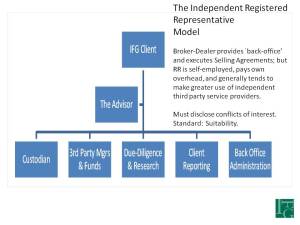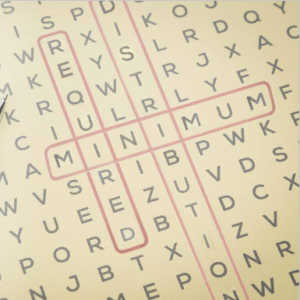Want to Defer RMD Taxable Income? Try a QLAC!
Why are QLACs getting a attention now? Two reasons: (1) SECURE Act 2.0, and (2) rising interest rates.
Why are QLACs getting a attention now? Two reasons: (1) SECURE Act 2.0, and (2) rising interest rates.

The SECURE Act includes roughly 100 new rules for retirement affecting both individuals and businesses – all with tax implications and various effective dates. These are the most expansive changes to retirement rules in 40 years.

The SECURE Act 2.0 may do a lot to help secure Uncle Sam, but I’m not so sure about the rest of us.

After passage of the SECURE Act of 2019, non-spouse IRA beneficiaries are now required to liquidate their inherited IRAs by the end of the 10th year. Often, that means they’ll be withdrawing taxable income from the inherited IRAs during their peak earning years – great gift for Uncle Sam, but not so good for the kids.

RMD age hikes may not be the blessing you think. The question just might be who is more secure? Retirees or future government spending?
Looking for retirement security?
Government spending has been out of control for decades and Congress needs to raise revenue. So, they passed The SECURE (Setting Every Community Up for Retirement Enhancement) Act in December 2019. It may secure the government’s future; but, one provision may make your heir’s retirement a little less secure.

IRAs are popular choices as a retirement vehicle, today holding over $11 trillion in assets, estimated to comprise more than one-third of all retirement assets. What’s interesting is that naming trusts as IRA beneficiaries has become more common.

Remember when we heard the SECURE Act eliminated the stretch IRA for most all non-spouse beneficiaries?
Retirement Income Planning Gains Importance.

RMDs are back for 2021! Make sure you don’t get his with penalties.
While the Fed continues to target a 2.0% inflation rate, headwinds in the form of inflation pressures from worker shortages, tariffs, and foreign conflicts are coming at a time as America approaches a historic demographic milestone – a record number of individuals turning 65 this year.
Back in the 1990s, taxes and fiduciary standards weren’t talked about. The financial headlines were dominated by star fund managers and double-digit growth stories. Financial talk shows and glossy magazines alike obsessed over who was “beating the market.” The mantra was simple: accumulate assets. That was the measure of success.